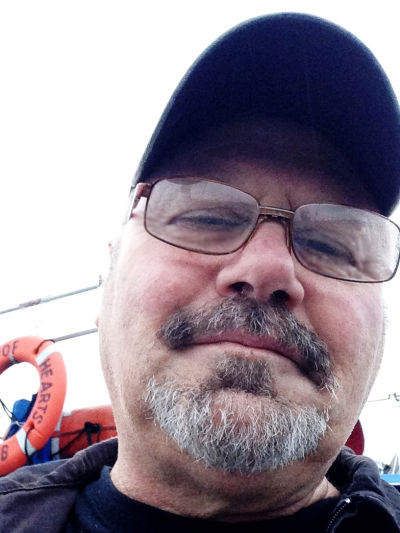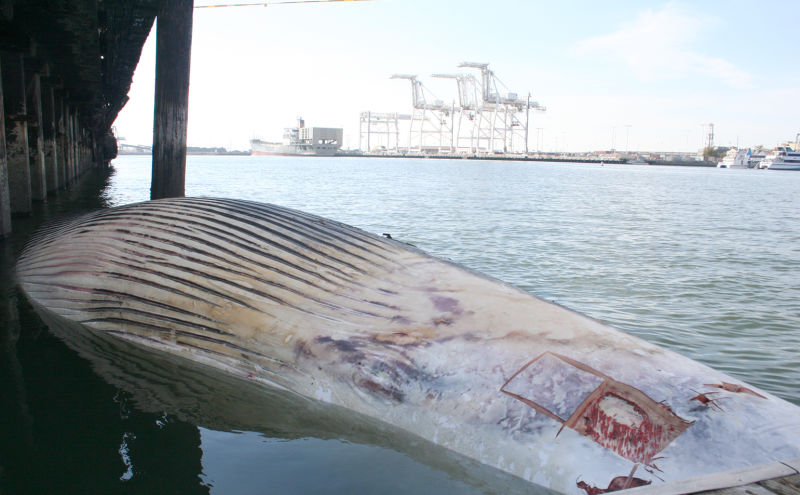As part of our series Bay Curious, we’re answering questions from listeners and readers. This story was produced in collaboration with iSeeChange.
Bob Hutchinson is a regular at Sharp Park Beach in Pacifica, where he takes walks, rides his mountain bike and sometimes goes fishing. Usually Hutchinson knows what to expect, but a few months back, he started seeing things on the beach that he hadn’t noticed before.

Starting in April, an alarming number of dead whales began showing up -- three around his beach alone. And the same thing started happening on other beaches nearby. He recently sent in this question:
“Why have there been three dead whales washed up in Pacifica, California in the last four months, when in 35 years of living here I’ve only seen one or two?"
Shortly after Hutchinson sent in this question, another whale turned up. This time it was a dead fin whale, pinned under a dock on Alameda Island across from the Port of Oakland. According to the Marine Mammal Center in Sausalito, that whale was hit by a tanker ship and probably plowed into the Bay.
Through the summer and fall, gray whales, humpbacks, fin and sperm whales migrate north from Mexico to Alaska by the thousands. Experts say the current collisions and strandings are happening because there are so many whales off the coast this year.
